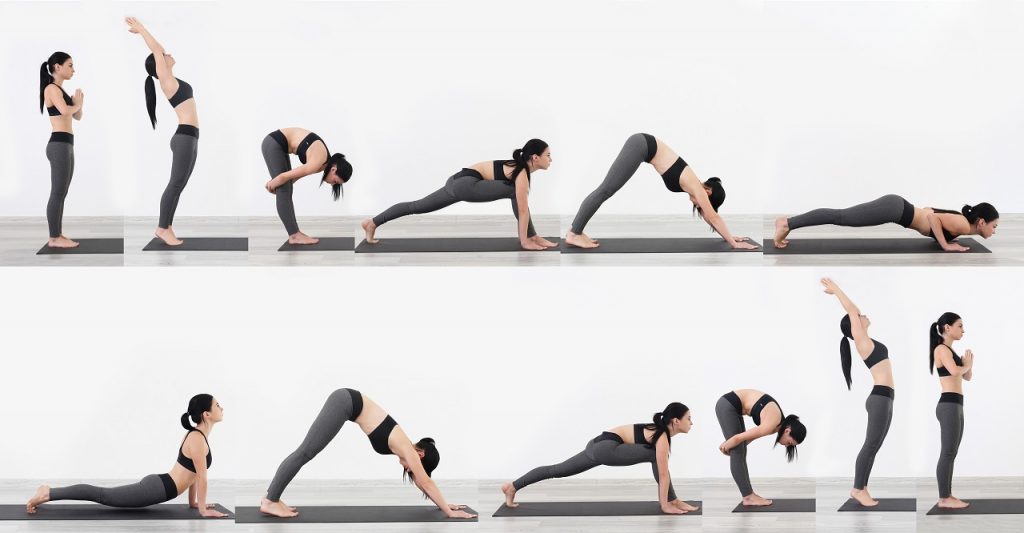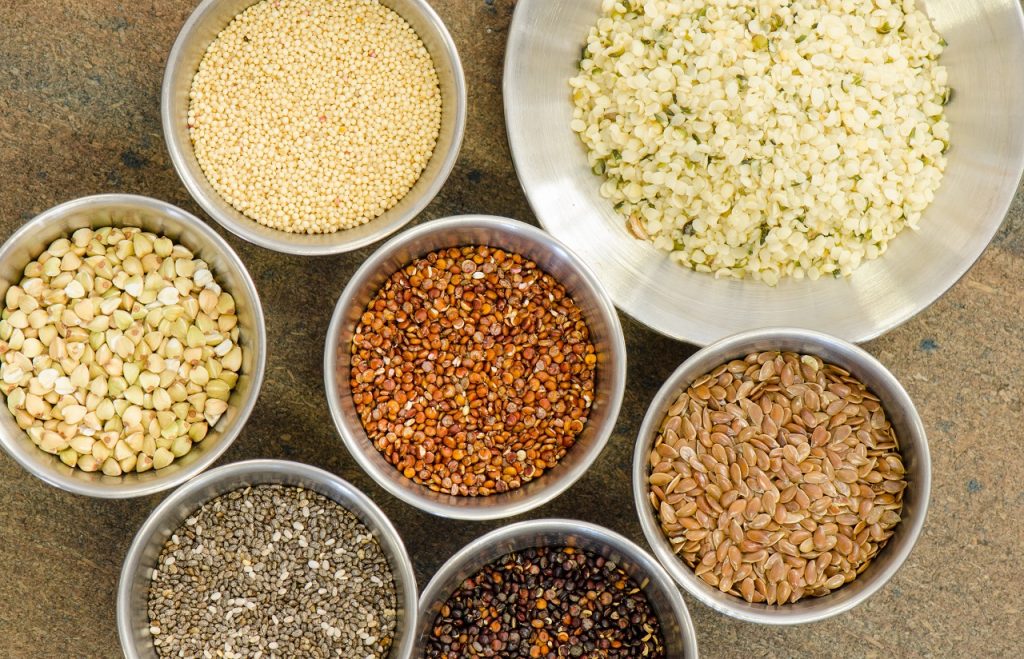 Surya Namaskar literally means Salutations to the Sun. It is a combination of 12 yoga asanas, where the body, mind, and soul are brought into complete synchrony. They are done in sets, some do 12, some 15, while some 30, depending on their endurance. Scientifically too, there are multiple benefits of Surya Namaskar. Let’s explore them in detail!
Surya Namaskar literally means Salutations to the Sun. It is a combination of 12 yoga asanas, where the body, mind, and soul are brought into complete synchrony. They are done in sets, some do 12, some 15, while some 30, depending on their endurance. Scientifically too, there are multiple benefits of Surya Namaskar. Let’s explore them in detail!
The Benefits of Surya Namaskar
- Stretching and flexibility: The 12 asanas which are part of the Surya Namaskar ensure that every part of the body is exercised. The flexibility that comes with it needs to be experienced to be believed. This is extremely beneficial for the bones, joints, and ligaments of the entire body and spine.
- Improves internal organ functioning: The various stretches increase blood flow to the organs and improve their functioning. The result is a better functioning digestive system and kidneys, which help in better absorption of nutrients from food and thorough elimination of metabolic waste. Detox happens naturally, with the release of trapped gasses and improved enzyme secretion.
- Weight loss: One of the best-proven ways to lose weight is to do Surya Namaskar on a daily basis. It is a perfect workout involving the complete body and is great for losing weight around the belly. It also is proven to improve the thyroid gland functioning, which plays a significant role in metabolism.
- Bone health: Traditionally, it is done during the early morning hours, at sunrise, which ensures the body gets the required amount of vitamin D. This is essential for good bone health.
- Stress buster: Stress release happens in multiple ways. Deep focused breathing is one of them. While performing the asanas, control over breathing is very essential and so, stress control is ensured. Various muscles and bones get tense with stress, and thorough stretching helps relieve the stress buildup. The mind is also calm during the workout, and so stress relief is further enhanced.
- Relief from insomnia: People who are not able to sleep should perform Surya Namaskar on a regular basis. Both stress relief and the perfect workout ensure good sleep.
- Helpful in menstrual cycles: Women who have cramps during their menstrual cycles have shown very good improvement with the inclusion of this exercise. It is also shown to benefit people with irregular menstruation thanks to the improved blood circulation. Pregnant women performing Surya Namaskar are more likely to have a normal delivery.
- Glowing Skin: With the release of toxins and stress, glowing skin is a natural affair!
We hope these 8 benefits of Surya Namaskar urge you to make it a part of your daily routine. For more on how yoga can help you lead a healthy and fulfilling life, check out Healthy Reads or ask a GOQii Coach by subscribing for personalized health coaching here: https://goqiiapp.page.link/bsr
#BeTheForce
 Locally, Okra is known as Bhindi (Hindi) or Lady’s Finger. I am sure, besides all the delicious recipes, you might have also heard that Okra can control blood sugar naturally. So, is it scientifically true? Let us explore!
Locally, Okra is known as Bhindi (Hindi) or Lady’s Finger. I am sure, besides all the delicious recipes, you might have also heard that Okra can control blood sugar naturally. So, is it scientifically true? Let us explore! Rice and pasta play a big role in building our body weight. They are known to cause a sudden increase in our blood sugar levels, which may trigger insulin resistance in the future leading to diabetes. To help you out, we’re suggesting some rice and pasta substitutes. These substitutes can help us get healthier and provide added nutrients which is the need of the hour given the current pandemic situation where immunity and maintaining good health is everything!
Rice and pasta play a big role in building our body weight. They are known to cause a sudden increase in our blood sugar levels, which may trigger insulin resistance in the future leading to diabetes. To help you out, we’re suggesting some rice and pasta substitutes. These substitutes can help us get healthier and provide added nutrients which is the need of the hour given the current pandemic situation where immunity and maintaining good health is everything!  Do you love your traditional uttapam? Well, you’re about to love this healthy twist we’ve added to it more! Quick, easy to prepare and nutritious, the Oats Sprouts and Vegetable Uttapam is a mouthwatering recipe just as it is healthy. As it is made with oats, it provides better satiety too. Let’s get started!
Do you love your traditional uttapam? Well, you’re about to love this healthy twist we’ve added to it more! Quick, easy to prepare and nutritious, the Oats Sprouts and Vegetable Uttapam is a mouthwatering recipe just as it is healthy. As it is made with oats, it provides better satiety too. Let’s get started! 


